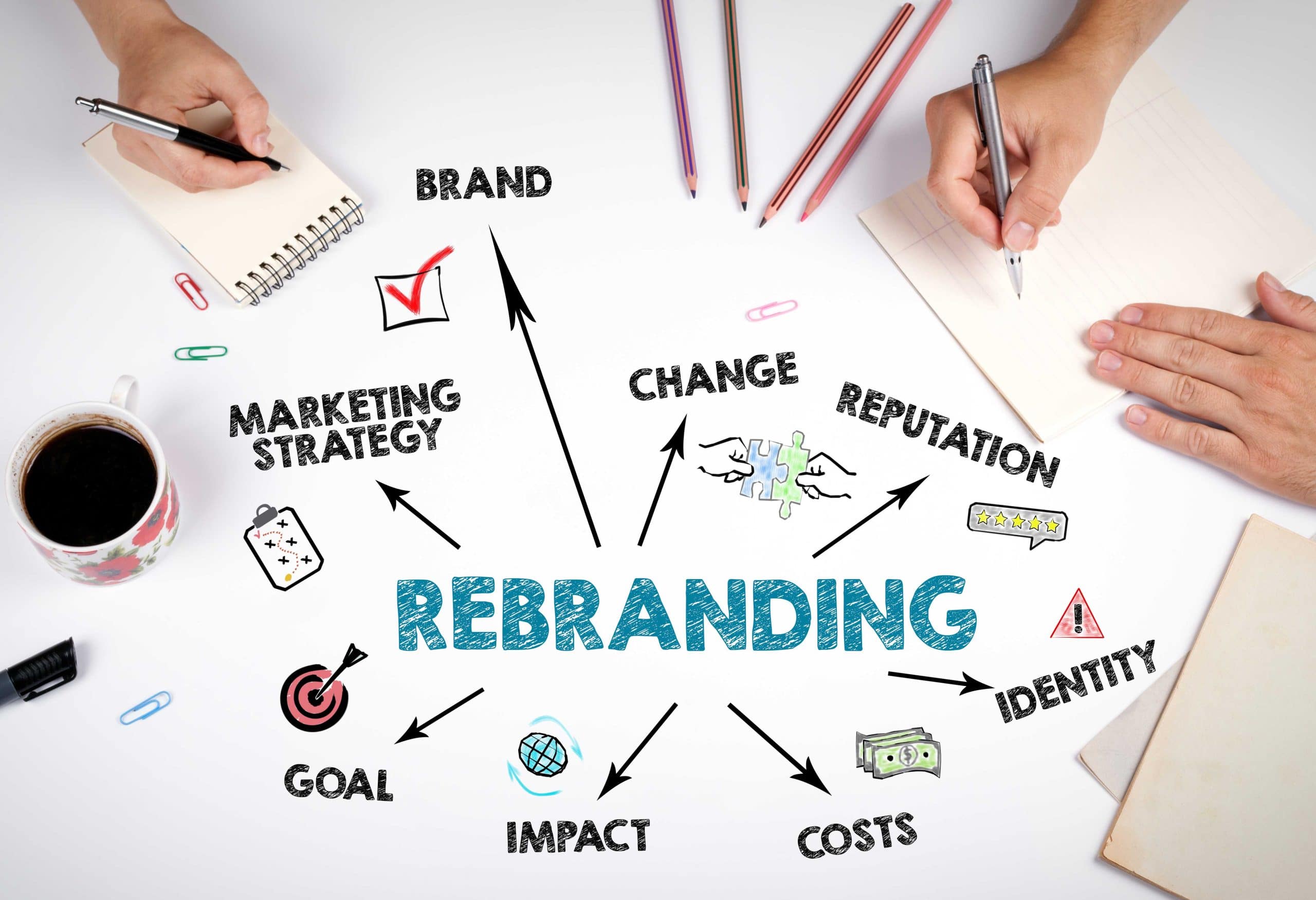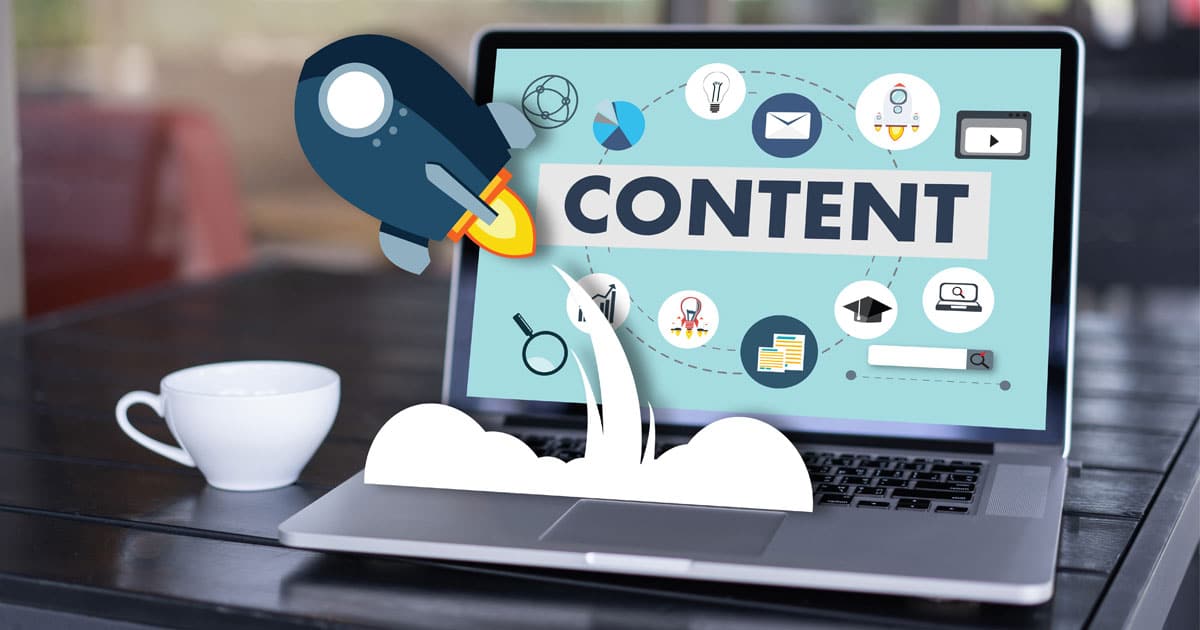Recently, while Google-searching for the new features of an updated version of software, I came across a link that promised me the answer. When I clicked on the link, I was instead greeted with a crummy landing page and form to fill out before giving me the information I sought. I immediately bounced; that’s when I saw the link I found was a paid Google ad. What were these people thinking? I wasn’t going to be suckered into an endless lead-nurturing campaign just for this information.

I easily found the information I needed right under that ad, ungated and ranking high organically. In fact, there were many ungated resources for this information that ranked on the first page.
We know privacy and content fatigue are hot topics, and it’s getting harder and harder to get visitors to convert on a piece of content. That is why it’s important to hold up with all the gating , and instead assess if your content warrants gating or if it’s good information to give away without costing the visitor their valuable information.
Unsure what marketing efforts you should be focusing on? Check out:
MARKETING IN 2023:
5 TRENDS THAT WILL DEFINE THE YEAR
Overgating content not only harms your credibility and drives visitors to your competition, it also hurts your search engine optimization (SEO). Not only do all those bounces add up, but browsers can have difficulty crawling gated content and can’t crawl it at all if it is being sent by a follow-up email. And don’t forget about Google’s looming Search Generative Experience (SGE) and other AI search tools and their ability to access information behind a gate.
I get it– you still need to gather qualified contacts and get a return on the investment it took to make the content. The answer is to be selective on what sort of content you gate and only gate when necessary.
Here are some ideas on the content you should consider gating:
Premium or In-Depth Content: When you have highly valuable or in-depth content, such as comprehensive industry reports, research studies, or exclusive whitepapers, gating can be justified. This approach allows you to exchange valuable content for user information, ensuring that those accessing the content are genuinely interested and willing to provide their details.
Webinars or Events: Gating content for webinars or virtual events can be a practical approach. By requiring registration, you can capture attendee information and communicate event details effectively and provide follow-up information. Additionally, gating live events can help manage attendee capacity and streamline the registration process.
Exclusive Offers or Discounts: If you have exclusive offers, discounts, or promotional codes that are available only to registered users, gating the content can help create a sense of exclusivity. This approach encourages users to provide their information in exchange for access to the exclusive benefits you offer.
Lead Nurturing and Sales Funnel Progression: Gating content can be used strategically as part of a lead nurturing and sales funnel progression strategy. By progressively providing valuable gated content at different stages of the buyer’s journey, you can gather more information about leads and tailor subsequent content based on their specific interests and needs.
No marketing strategy is one size fits all so determine what works for your industry and company.
By allowing the rest of your content to be available, you will end up in more searches, grow your audience, establish yourself as a trusted authority and leader, and gain more exposure organically.
If you need help with any of your marketing and advertising strategies, you can contact us by:
- Giving us a call at 574-234-2060.
- Emailing [email protected].
- Or filling out a short contact form.



